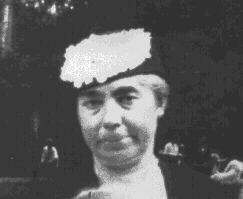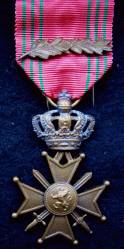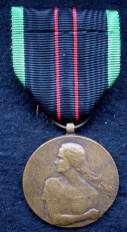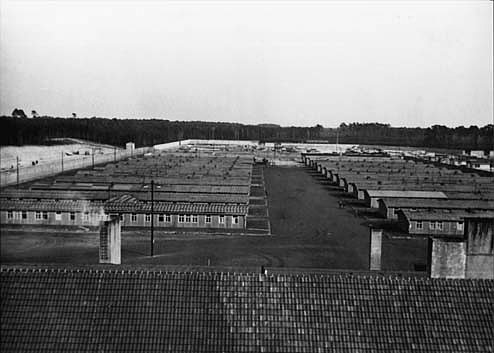
Ravensbruck concentration camp

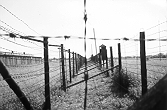 This is the last official news about Marceline Deloge.
This is the last official news about Marceline Deloge. 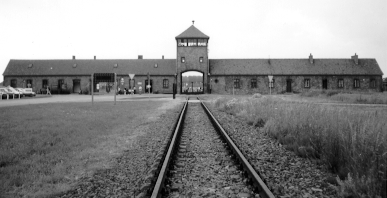

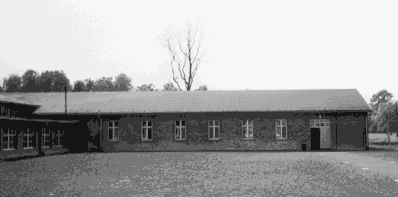
| Claire Jaspar-Legrand (pictured left) aged 65 who had
been arrested with her husband Jules Jaspar in Marseilles on 30th November 1942 by the Gestapo. They were suspected members of the "Red Orchestra" spy group .During World War II, General Berzine, in charge of Red Army intelligence, calls upon one Leopold Trepper to create a network of informants in Western Europe. The job of this secret organisation was to give information on the enemy's war preparations, so that Russia could not be taken by surprise. Trepper's idea is to create business firms which would be used both as a cover and as a source of financing for the network. He recruits his collaborators among Belgian, Dutch and French Resistance movements. He does this regardless of whether they are Jewish, Protestant, Catholic, communist or not, as long as they act mainly out of anti-Nazi conviction. The Gestapo calls the organisation "Die Rote Kapelle" (The Red Orchestra) and hunts down its members relentlessly... Information and photo - Michel Jaspar. |
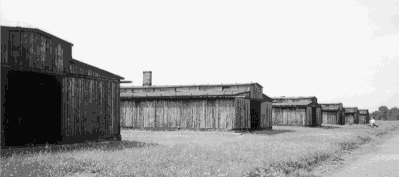

| .....so
now we are looking forward to spending Christmas with you and from the
bottom of my heart. I mean mother and you both, I don't know, I somehow
seem to think everything will be alright. I should so like her to see
you all , at all cost Louisa and Yvonne keep smiling and a strong
heart, she has always been an example to us all............here's
wishing you a speedy return of health and with God's help that mother
comes home.
Bye Bye, Keep smiling, love Jack |
